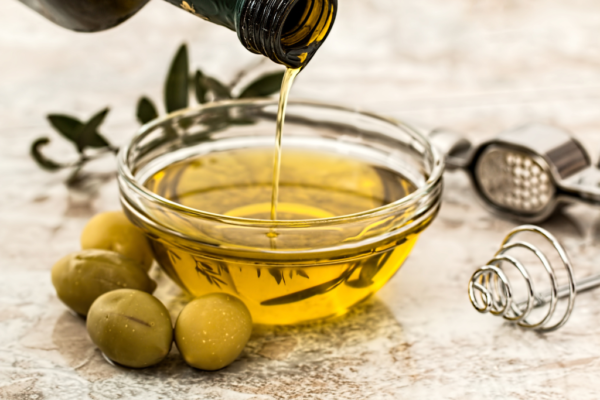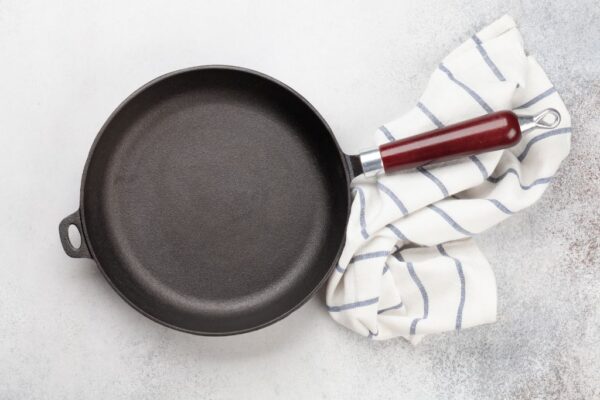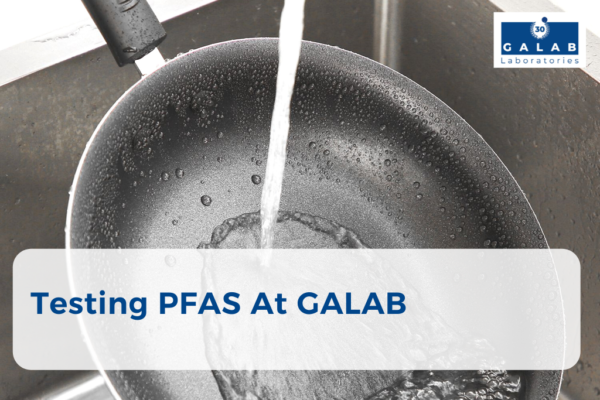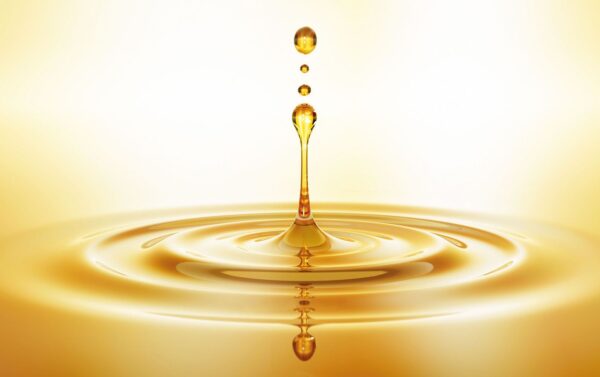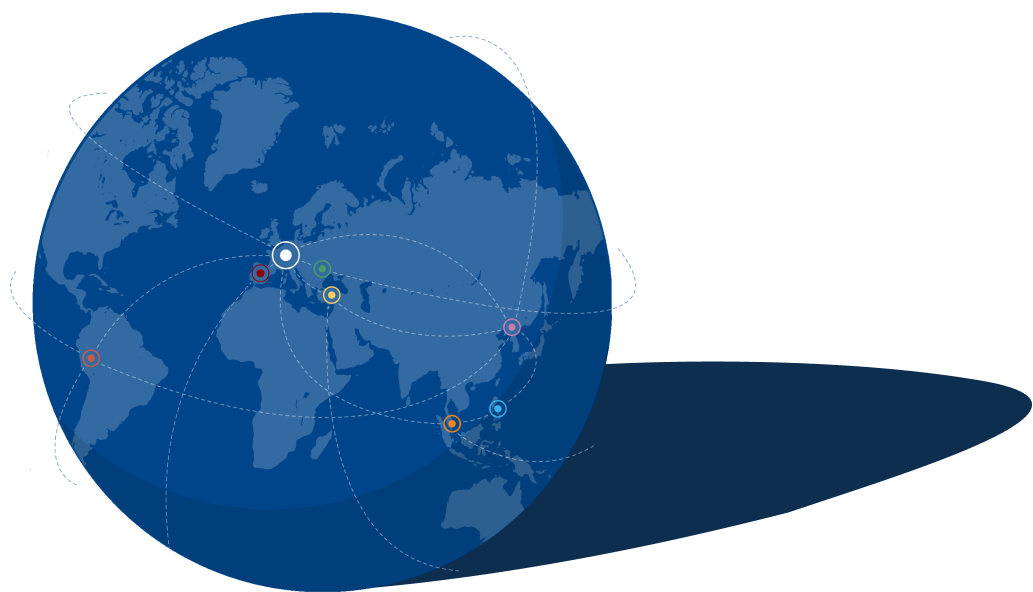Dioxins
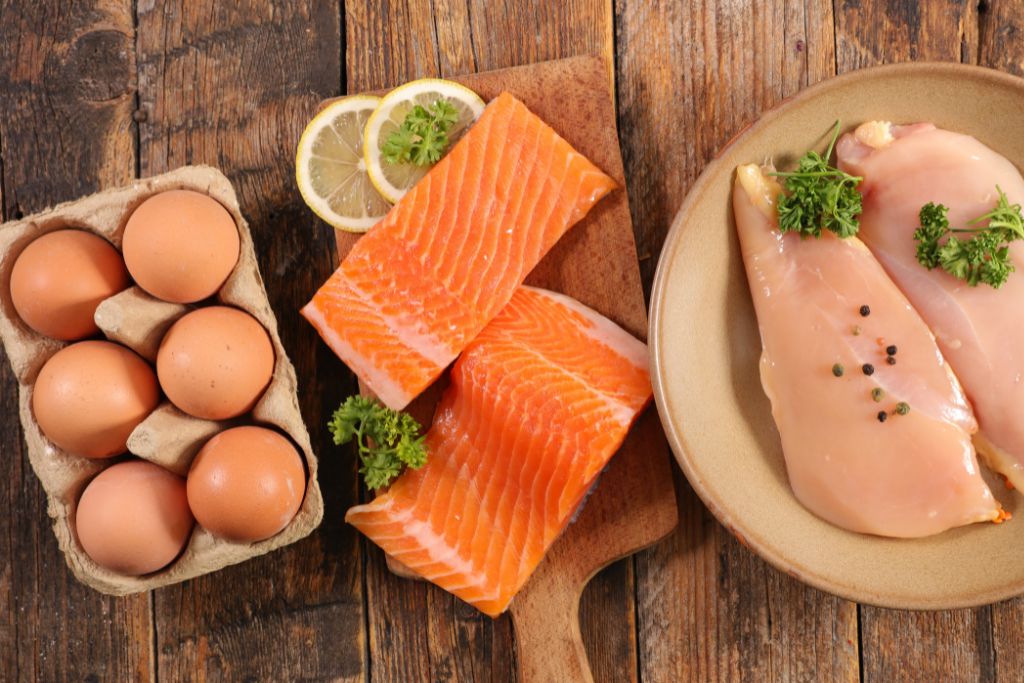
Persistent Pollutants
Polychlorinated dioxins and furans (short: PCDD/F) are pollutants that can be found throughout our environment. They are mainly produced through incomplete combustion processes or as unwanted byproducts during the manufacturing of certain chemical products such as pesticides, paints, or solvents.
These substances are extremely stable, heat-resistant (up to approx. 900 °C), and degrade very slowly in the environment – meaning they can accumulate in soil, plants, and animals over many years. Dioxins became especially well-known due to chemical accidents or food scandals involving contaminated animal feed.
For humans, the primary source of exposure is through high-fat animal-based foods such as meat, fish, milk, and their products. This is why dioxins are regularly monitored as part of government and internal company control programs.
How dangerous are dioxins?
Dioxins are a group of chemically similar compounds. Some variants – particularly those with what’s known as 2,3,7,8-substitution – are especially toxic. They can be carcinogenic and cause genetic damage, among other effects.
To assess their danger, a rating system called the “Toxicity Equivalent” (TEQ) is used. This system helps to compare the varying potencies of different dioxins – much like a points system. This way, a lab result can indicate not only whether dioxins are present but also how hazardous the overall mixture is.
Due to their high toxicity, particularly strict limits apply to food and animal feed.
What are dioxin-like PCBs?
Polychlorinated biphenyls (PCBs) belong to the same “problem family.” They are also very persistent, can accumulate in the environment and the human body, and in certain cases have toxic effects similar to dioxins.
PCBs were once commonly used in industrial products – for example, in paints, building materials, or electrical devices. Today, they are more likely to arise unintentionally, such as during specific chemical manufacturing processes.
Modern Analytics – Efficient and Reliable:
Testing food for dioxins and PCBs used to be complex and expensive. But thanks to modern methods – such as the QuEChERS extraction developed by us – analysis is now significantly simpler, faster, and more cost-effective.
For quality managers, this means that you can have your raw materials, finished products and animal feeds regularly and effectively tested for contamination – with minimal effort and high reliability.
Application:
Parameters & Analytical Methods
-
State-of-the-Art Analysis
We constantly update our spectrum of parameters to the latest developments in the food analysis sector and offer state-of-the-art analytical methods for the safety of your products.
-
Comprehensive multi-methods
We are constantly expanding our range of services in order to be able to guarantee you a comprehensive range of analyses. We offer multi-methods for mycotoxins, dioxin analysis or molecular biological analysis for GMOs and allergens. The GALAB Pesticide500Plus® multi-method can even be used for difficult matrices such as spices and herbs.
-
Constant development
If you cannot find the parameter/analysis you are looking for here, please do not hesitate to contact us. Our research and development department implements your requirements and specifications cost-efficiently and with a high quality standard.
-
Quality Policy
GALAB Laboratories has implemented a quality management system to allow for optimum service for their customers. It is our goal to establish close relations to customers by customer satisfaction. Therefor quick reactions to customers’ specific needs as well as considerations for quality demands of the market are necessary. We strive to provide comprehensive and professional advice to our customers. Learn more
Get in touch, we will help you.


